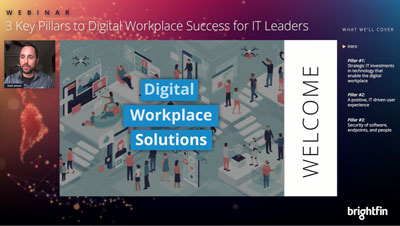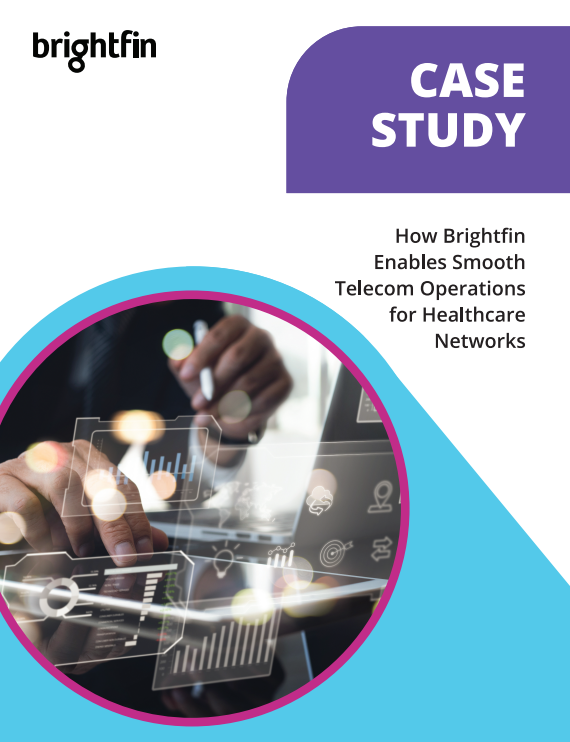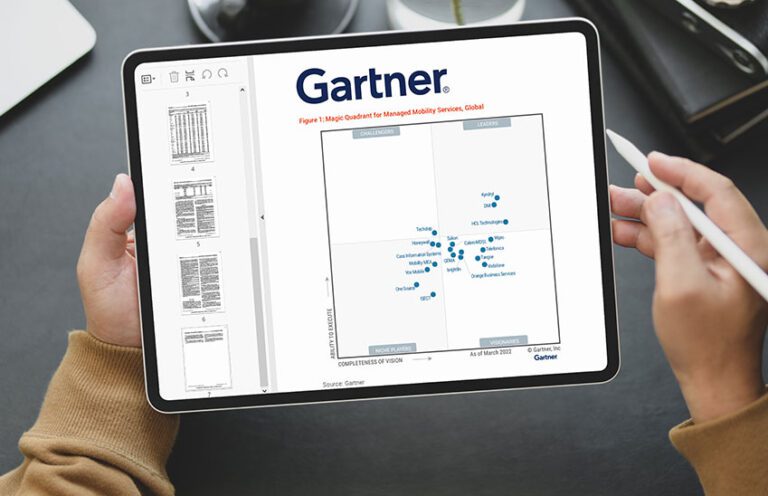Introduction to people process and technology
The People, Process, Technology Framework is a tool that can help organizations make better decisions about how to manage their business. It’s a simple concept that looks at how your company organizes and directs its workforce through three separate areas: people, process, and technology.
The people, process, and technology (PPT) framework was first used in the 1960s to improve the operational efficiency of employees and tools. In the late 1990s, Bruce Schneier popularized the method in the infosec industry. Today there are countless software businesses that use the model of information technology management to great success.
In simple terms, the PPT Model is a representation of a Business Improvement Initiative. How can we use the technology we have to improve people’s productivity? How can we provide the best processes for meeting a goal? Technology, processes, and people must work in tandem with each other for optimal results.
Finding the Right Balance of PPT
The PPT framework has been well described as a well-balanced three-legged stool. This reflected the delicate nature of the PPT framework, having one leg be too short, or long, the stool will collapse or tip over. This visual interpretation illustrates the necessity of understanding how the right people, processes, and technology all must flow together in equilibrium.
The PPT model can help you determine if there are any imbalances within your organization, including:
- Inefficient processes: If there are processes that are not working well together; they create bottlenecks that slow down production time or waste resources.
- Poorly trained employees: If your employees do not have adequate skills training or education to perform their jobs efficiently; they will make mistakes and lead to wasted time and resources.
- Lack of technology: Are there areas you could better utilize technologies in order to streamline workflow; this may lead to errors in production
To keep up with today’s fast-paced and ever-changing world, organizations in all sectors are trying to find ways to become more innovative, responsive and efficient. Many have turned to the use of information technology to help them adjust and address the demands of their various stakeholders. But information technology is no panacea; it is a tool that must be used with care, foresight, and understanding to achieve positive effects. The PPT model provides one way that organizations can use technology to improve business outcomes.
Best Practices for PPT
The PPT model is a framework for aligning people with organizational goals and values. It can be used to identify opportunities for improving productivity by aligning people with organizational goals and values. This helps ensure that employees are working toward something meaningful, which will improve their engagement at work and overall satisfaction with their jobs.
There are many elements that must be put into place to ensure that the goals of digital workforce management are met. It’s not just about providing more Wi-Fi and new furniture—it’s about working differently, and understanding that true success with it comes from embracing a new way of collaborating. Ultimately, the People, Process, and Technology Framework will help make workforce management a success for your organization.
People
People are the “why” behind every initiative that you undertake as an organization. They are the reason why you exist in the first place and why you do what you do every day. Without them, nothing else matters! The people component of the PPT refers to the human resources within your organization. The number of employees and the type of work they do will determine how you approach workforce management.
For example, if you have a small team that performs mostly manual labor, then you might not need much software or automation in place since this would be an inefficient use of your budget. However, if you have a large team that performs various types of work with employees performing different tasks throughout different time zones, then it may be beneficial for you to invest in some automation or software solutions that can help streamline your processes and optimize efficiency within your company.
Process
The process component refers to the way in which tasks are carried out within your company. If there are multiple ways for employees to complete tasks or processes within their job descriptions, then implementing a standardized process will help.
Processes are typically created by leaders or managers, but they should be familiar to all employees because they help everyone get things done in a consistent manner. Processes are not just about doing things right; they also help organizations achieve their goals faster than competitors by reducing bottlenecks and improving efficiency across departments.
Technology
The people, process, and technology framework (PPT) is a useful tool for analyzing processes within an organization. This is because it recognizes that technology alone is not enough to fix or solve problems. Technology alone often creates new issues and impedes productivity if its implementation fails to be adequately applied for employee use, or becomes a disruption to established workplace processes.
Technology is best used when it enables rather than constrains staff and assists in humanizing the workplace, encouraging human interaction and dealing with sensitive data. With everything else going on in a business, especially with reduced budgets, technology needs to be applied judiciously so as not to disrupt existing, effective processes or impose unnecessary barriers or complexities on internal operations.
3 Key Pillars to Digital Workplace Success Webinar

What you’ll learn:
- Why strategic IT investments in technology that enable the digital workplace are more critical than ever.
- The benefits of delivering a positive, IT-driven user experience.
- How to ensure the security of software, endpoints, and people.






